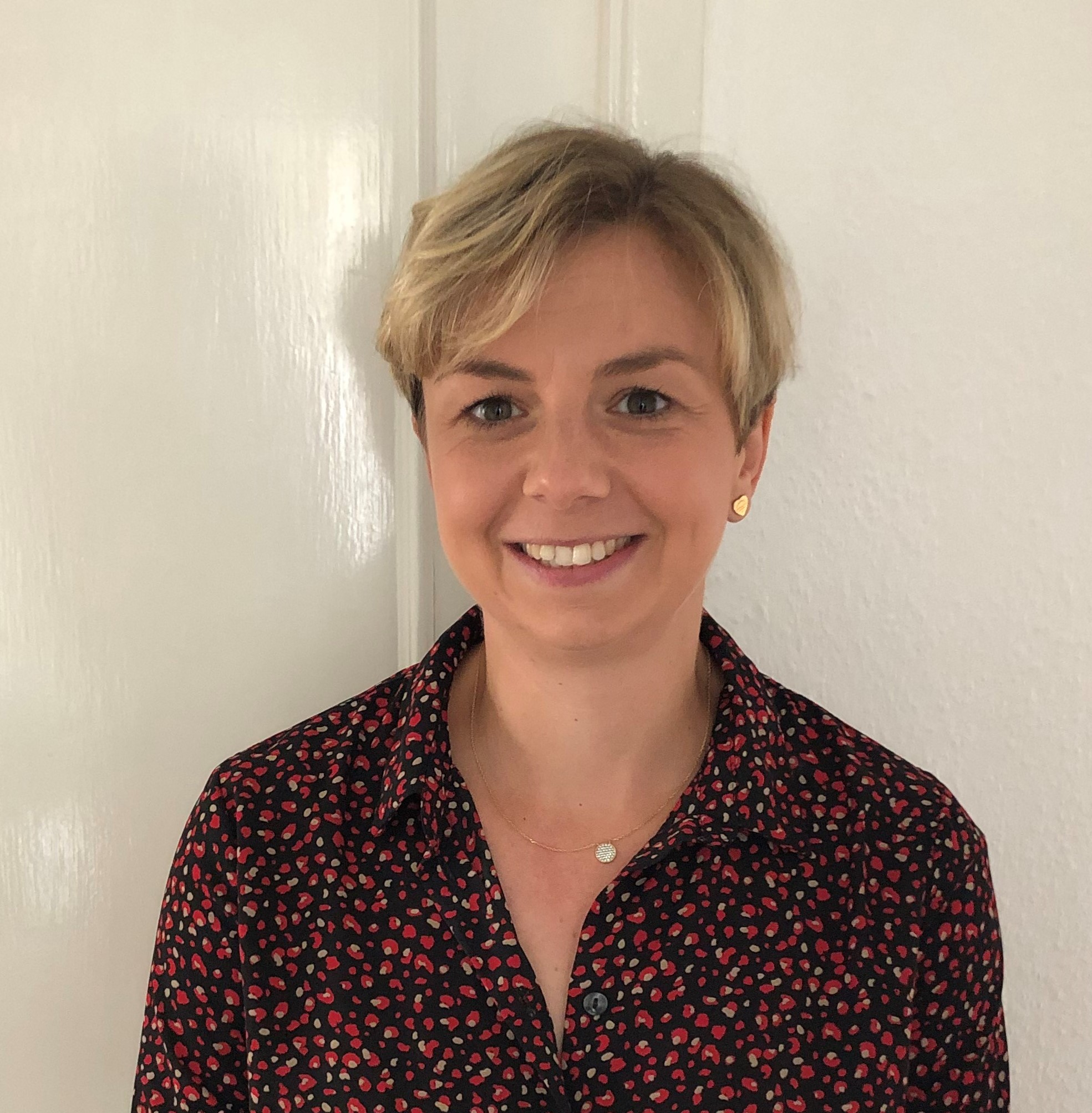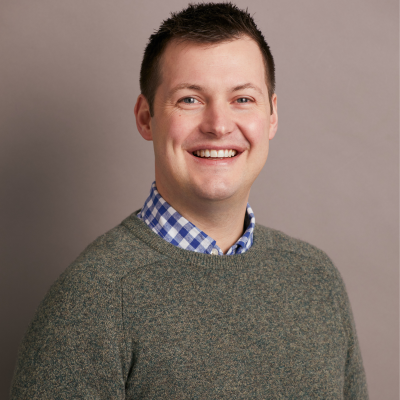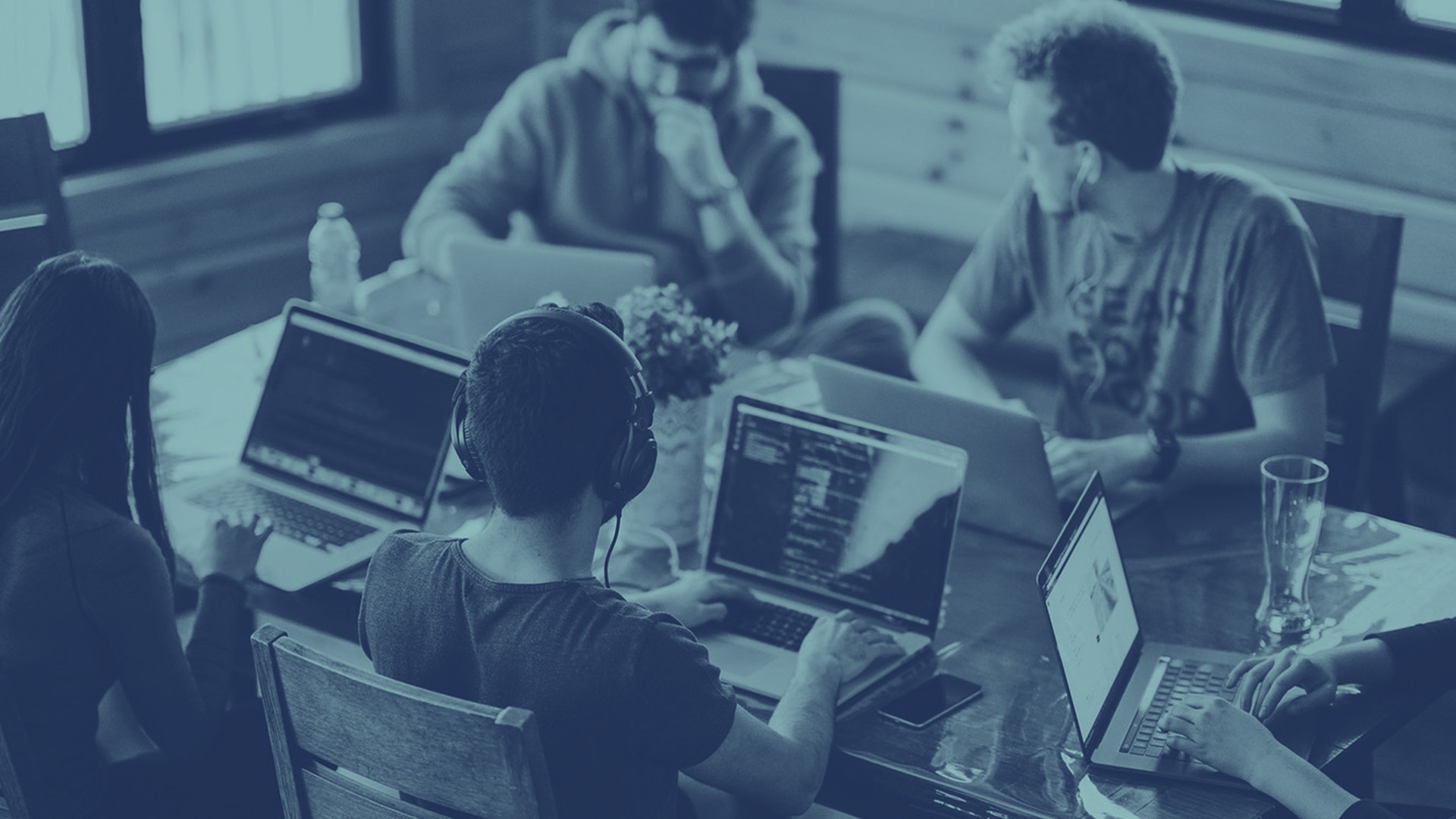Strategy / Perspectives: James Hampton, Head of Development and Engagement, Seasalt

Leanne Kelly
July 15, 2020
James Hampton is Head of Development and Engagement at Seasalt. James' journey is an interesting one. After 9 years in the military, James had a burning passion for Learning and Development, initially taking up L&D roles in Further Education before moving to Seasalt, a leading women's clothing brand.

Can you tell me a little bit about you and your background?
I joined the Royal Air Force at 20-years-old as a physical training instructor and then specialised as an adventure training instructor and personal development coach. My role wasn’t just about fitness and sport, it was about developing teams and leaders. The purpose of adventure training in the RAF was to replicate challenging environments. But it was also about challenging individuals and teams to improve their leadership and how they operated as teams.
We found ourselves regularly supporting those with deep fears of height and water and I developed an interest in neuro-linguistic programming to help individuals manage their limiting beliefs. I was supported by the military to become a practitioner and worked with people at all levels of the RAF on their habits and phobias.
After nine years in the military, I’d planned to set up on my own as a trainer and coach. But it was around the time of the last recession and instead, I decided to go into teaching in Further Education.
I always had a burning passion to move into Learning and Development and after four years setting up and leading a program, I moved into an L&D role and progressed to L&D Manager, while still within the FE sector.
I then decided I wanted to move from education into business, and so three years ago, I left to join Seasalt as the L&D Manager. In the last 18 months or so, my role has evolved and I’m now Head of Development and Engagement.
Could you tell me a little bit more about some of the work you've done in your time at Seasalt so far?
It quickly became clear to me that while there were some L&D activities in place, they were very traditional and weren’t necessarily accessible to everyone.
Leadership was naturally a priority and a big focus as the business grew. It was quite clear that some leadership development had taken place, but I wanted to bring it back in-house. Historically, we’d outsourced it to a major player and I moved to regain control because I wanted to shift the focus. I wanted our programme to concentrate on how we develop ‘Seasalt leaders’ rather than just relying on more generic leadership programmes. It’s been a change of mindset and we’ve moved away from ‘I have to manage people’ to ‘I manage operations and lead people’. That’s something we’re working hard to differentiate in our business, that anyone can be a leader, it’s not something you have to have in your job title.
As a business, we’re becoming more much more emotionally intelligent. We’re not just operationally focusing on tasks. We’re also thinking about individuals and teams. It isn't just about getting people to do things because it’s their job or they’ve been told to, it's more about creating visions and inspiring people. Some of the work that we've done might be perceived as non-essential, with an accent on soft skills. But, for me it’s incredibly powerful. Over the last three years we’ve focused on aligning the development of people and making sure they’re a strategic asset.
There’s lots of work still to do, but the work we have done has had a great impact.
Let’s talk a little bit about company culture. As Seasalt grew, were you mindful that it could be impacted?
I guess there was a risk that it could change as we grew, but the success of Seasalt has always been based on a really authentic culture. Throughout the growth of the business, we’ve been able to maintain a close family feel and we’re conscious that we need to stay true to our values. We’ve done a lot of work around capturing them and making sure they are articulated clearly. We work closely with our people to do this.
In the three years I’ve been at Seasalt, there’s been a focus on our EVP and this has involved us asking more questions, sending out more surveys to staff, capturing more information and listening more. This allows us to be flexible, to make sure our EVP reflects the business. It also ensures that our people take on board any changes that we make.
In terms of the tangibles how do you measure the success of the work that you've done?
It’s an ongoing project, but what we’ve started doing is looking at our performance in-store, tracking customer satisfaction and other KPIs, and then linking them back to employee engagement. We’re investigating the climate of stores and asked questions: are they managed by people who promote L&D or do our managers need some additional support? There’s clear evidence that highly engaged teams create high performing stores. In a recent staff survey, our top seven performing stores had some of the best engagement scores in the whole of the business.
I think it's more difficult to measure in head office than it is in our stores, because different teams have different KPIs and different measures. To address this we started developing a performance consulting approach with each department to understand their targets and blockers. We then design a performance and development plan for the year and agree the measures that we can use to understand if the work we do has an impact. This would have been a major part of our work in 2020 so now we are looking at how we reengage with our teams and begin planning for short term team development for 2020 and for future development in 2021.
There's been a lot of talk about L&D and the positive impact it has on people's workplace experience and I think there’s real truth in it. We want to demonstrate that proactive learning teams lead to high performing and highly engaged teams.
Do you think L&D has a part to play in recruiting and retaining staff?
Well, I'm biased, but yes, I think it does. L&D has certainly played a key role for our staff on furlough. For our managers, we’re running a daily workshop based on strengths, values and change. The idea is that when they come back to work, they’ll be really engaged and motivated to help their teams do well. It’s a bit like a re-onboarding. Furloughed staff were obviously passionate about Seasalt and their roles before they went on furlough, so it’s about regaining that passion and aligning themselves with it again. It’s definitely a crucial part of staff retention.
At Seasalt, we’re lucky in that the brand makes talent attraction easier. But one of the areas we do struggle with is attracting applicants to our head office in Cornwall - it’s quite a shift for people who have been in London or other parts of the UK as it’s a completely different way of life. I think we’ve attracted some really good people and I truly believe that our L&D offering has played a part in that, but we haven’t really asked those questions. We do survey new joiners and one of the key drivers for joining us is reputation and L&D certainly contributes to our reputation.
What's next for you and for Seasalt?
In the short-term, getting people back from furlough and back up to speed.
In the longer-term, I think retention of talent and the wellbeing of our people will be a real focus. There will be challenges moving forward, but in difficult times it's crucial that we stay true to our values and our people.
Operationally, as restrictions ease, we’ll be looking at flexible workspaces. Historically there’s been a feeling that we should be in the office but that’s in part due to the fact that we’re a social bunch. Traditionally, days have been quite heavy with meetings, so we're looking at processes and trying to be more efficient with time.
From an L&D perspective, there will be a continued focus on digitalising our L&D offerings. Fortunately, we already had a platform which enabled us to deliver remote training sessions and we’ll be looking to build that out and expand it further.
We’ll focus on our EVP and values, retaining the great talent already in the business, and will then start to rebuild.
Do you think L&D budgets are in danger of being cut as part of a cost saving exercises by businesses?
I really hope it’s not seen as a non-essential. If we believe that developing people is a strategic asset, then businesses have to find a way to keep doing it. I guess for some businesses who weren’t doing L&D well before Covid-19, it might be perceived as not adding value and as a cost which could be cut.
For L&D teams we have to make sure that we’re helping to drive employee performance, talent attraction and retention. We have to make sure that we’re relevant and valuable to the business and that we're contributing to getting the business back on its feet.
Finally, let's talk about some of the opportunities and challenges presented by Covid-19.
There’s a big opportunity for more flexibility in the workplace. I’m a champion of more remote working. I have an hour commute in and out every day and I've really benefited personally from not having to travel. The challenge then comes in making sure we still feel connected to people. We have to remember that there's a human being at the end of Skype or Teams. I think it’s about finding a balance between giving people additional flexibility while also giving them a base or a place so that they can still connect to people and socialise.
I think there’s a challenge and an opportunity for organisations to become more emotionally intelligent. The current situation has shown that businesses need to do more to reduce the chance of stress, overload and burnout for their people. Things are going to be tough for a little while which will put added pressure on people, so emotional wellness and their ability to function well are key. We need to give people a feeling of psychological safety so that they can share how they feel with others. The emotional intelligence piece is going to be really critical to how we work, which will be a change for some businesses.
I think we need to go into the future with our eyes open and avoid the temptation of knee-jerk reactions. There’s lots of noise on social media about what businesses should be doing but it’s crucial that we make decision based on an evaluation of your business and where you are right now.
I'm feeling cautiously optimistic about the future.
Thanks James!
If you're interested in being interviewed as part of the BPS Perspectives series, I'd love to hear from you. You can get in touch with me at leanne.kelly@bps-world.com.


